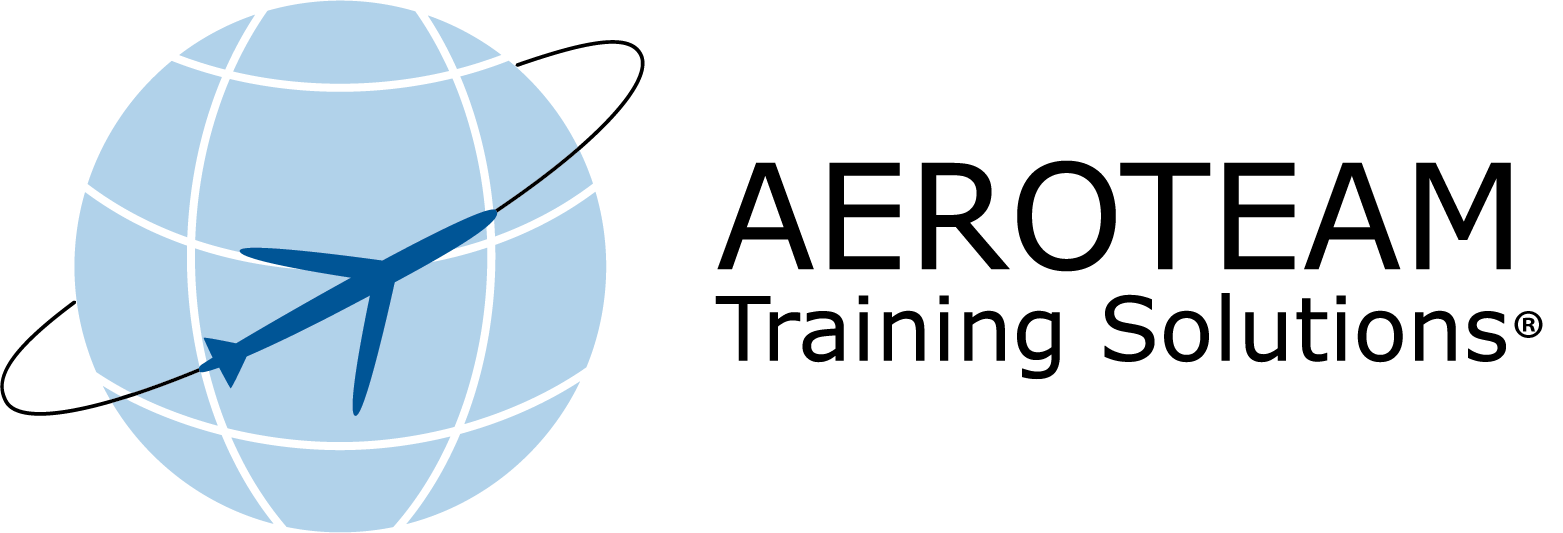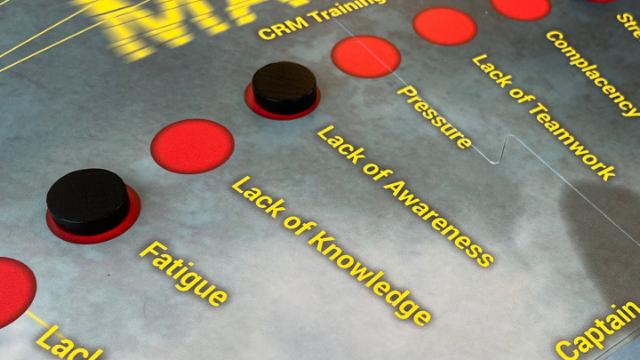
The Ultimate Checklist for
Human Factors Training
Every instructor has, at some point, found it challenging to come up with engaging and interactive exercises and examples. But fret not! With this checklist in your hand, you can make sure that your human factors training programme is comprehensive, engaging, and effective in enhancing safety, performance, and non-technical skills.
Did you know that realistic training scenarios and interactive exercises can foster hands-on learning experiences in which people actually retain the learning?
This checklist presents 10 steps to make sure that your Human Factors training is relevant, engaging, and interactive.

1. Do you understand human factors?
It is important that you as an instructor has a solid understanding of human factors principles and non-technical skills such as decision-making, situational awareness, communication, and fatigue management.
Otherwise, how can you teach others about it?
2. One Size Does Not Fit All...
Make sure to customise the content and teaching style to accommodate the roles and responsibilities of different personnel. There is an undeniable difference between training maintenance staff and pilots – and then training administrative staff or management.
More organisations are beginning to make human factors training a mandatory requirement for all employees of the organisation.
Your training must reflect that.


3. Incorporate realistic scenarios
Emphasising scenario-based training provides hands-on insights into how human factors may and do influence the safety and efficiency of the operation.
Scenarios furthermore enable participants to make decisions in a safe environment, work together as a team, and manage fatigue under pressure.
4. Bring Active Learning into Play
When you encourage people to actively engage and participate during the training sessions, they are more likely to retain the learning and apply their honed knowledge and skills in the operational environment.
Active Learning can take form of interactive exercises, role play, and scenario-based training tools.


5. What about the organisation?
As a human factor’s trainer, it is important to recognise the influence that organisational culture, leadership styles, and safety management strategies have on human performance and safety.
Therefore, make sure to integrate and address organisational factors in the training.
6. Non-technical skills are key!
Human factors training focuses on enhancing cognitive skills like decision-making and situational awareness and social skills like teamwork and leadership.
Communication and dialogue serve as the glue that binds the social and cognitive skills together.
These skills are crucial when it comes to performing in high-risk, high-pressure environments. Make sure that your training facilitates this process (revisit number 3 and 4 to learn how).


7. Ask for feedback
It is your job and responsibility to create a supportive and safe learning environment in which participants dare to address safety concerns.
You should also encourage them to give feedback on the contents and execution of the training as this enables you to continuously improve and adjust your training programme.
8. Best practices
Make sure to keep tabs on the latest human factors research, industry developments, and best practices.
You can also find inspiration for course content and exercises among your fellow human factors peers.
This ensures that your training programme always stays relevant and effective.


9. Evaluate the effect
Do you know if your training adds value? Find out by conducting regular evaluations and assessments which focus on the effectiveness of your human factors training.
Did you achieve your course objectives?
Have you identified areas of improvement?
Are there new requirements to consider?
10. Even old dogs can learn new tricks
Always strive to learn something new in relation to human factors.
This applies to you as an instructor, but also the participating aviation personnel.
Make sure to communicate the possibility of learning something new and emphasise the importance of maintaining and practising good skills in decision-making, teamwork, and communication in their job.









